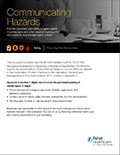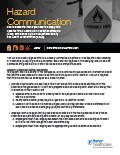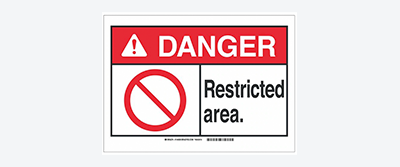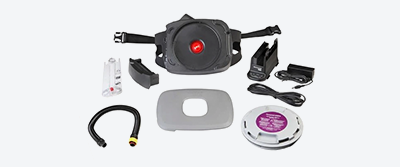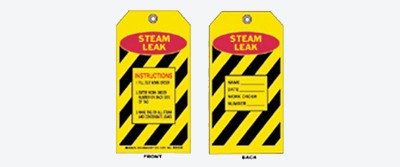Hazard Communication and Classification
Protect your people by keeping them informed about potential hazards in the healthcare workplace and providing the right equipment so they can take action if an accident does occur.
Hazard communication, sometimes called HazCom, includes the required processes and procedures to help effectively communicate hazards encountered during handling, shipping, or other exposure to chemicals. All employers and chemical importers must comply with hazard communication regulations, Safety Data Sheets (SDS), label requirements, and other obligations.
Explore our collection of over 5,000 products for your healthcare facility, including safety signage, chemical monitoring instrumentation, first aid equipment, and more.
Top Categories
What Is Hazard Communication?
The United States Occupational Safety and Health Administration (OSHA) requires that chemical manufacturers and importers routinely evaluate hazards related to the chemicals they handle and clearly communicate that information using labels and safety data sheets. The OSHA Hazard Communication Standard (HCS) specifies how to communicate about hazards and appropriate preventive, protective, and responsive actions.
Types of Hazards
Hazardous materials are assigned to nine classes as defined in 49 CFR 172.101 and 173.
- Class 1: Explosives
- Class 2: Gases
- Class 3: Flammable and Combustible Liquids
- Class 4: Flammable Solids
- Class 5: Oxidizing Substances, Organic Peroxides
- Class 6: Toxic Substances and Infectious Substances
- Class 7: Radioactive Materials
- Class 8: Corrosives
- Class 9: Miscellaneous Hazardous Materials
Globally Harmonized System of Classification and Labeling of Chemicals
The Hazard Communication Standard is aligned with the Globally Harmonized System of Classification and Labeling of Chemicals (GHS) created by the United Nations. It provides a common and coherent way to classify chemicals and relay hazard information on labels and safety data sheets.
The GHS provide pictograms for labelling containers; the labels must also include:
- Product identification
- A signal word: “Danger” or “Warning”
- Hazard statements about the nature and degree of risk
- Precautionary statements about handling to minimize risk
- Supplier identity and contact information
Hazard Signage and Labels
Choose hazard signage and labels that meet the GHS and Hazard Communication Standard requirements and use the accepted GHS pictograms.
Safety Data Sheets
Hazardous chemical SDS must be readily accessible to all employees. SDS may be kept in binders or on computers, but workers must be able to immediately access the documents without leaving their work areas, and back-up versions must be available for emergencies or power interruptions.
Designated SDS binders and information stations are available for purchase.
Training
Employers must train workers about safety signage, label elements, and the safety data sheet format to facilitate recognition and understanding. Brady™ GHS Hazcom Training Program Employee Handbooks provide helpful information about the latest GHS guidelines.

